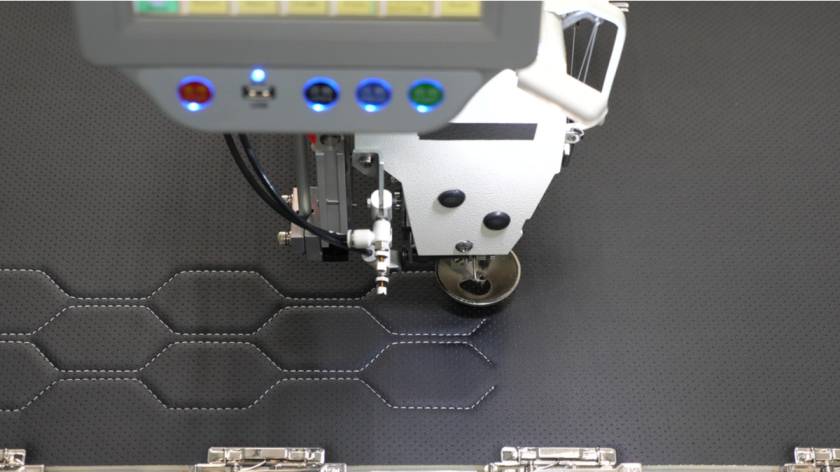5 New technological trends that are transforming the apparel industry



Thanks to latest technological innovations, the apparel industry has been undergoing some rather interesting changes over the past few years. Here are 5 new technological trends that are altering how the traditional industry has been operating so far.
The Big Data Intervention
Almost every industry in the world today is turning to Big Data to generate business intelligence and the apparel industry is no different. The age-old industry is increasingly embracing a data-driven approach in their everyday functioning, with data analytics playing a significant role in inventory planning and management. The outcome? There has been an effective reduction in challenges related to overproduction and waste generation.

While on one hand the industry is counting on Big Data to make informed production decisions, on the other hand, predictive analytics is enabling the stakeholders to foresee future trends and demands, understand consumer behaviour, and have better control over demand and supply. Big Data is being used to target potential leads, improve conversion rates, and secure repeat sales.
Simultaneously, brands have the scope to statistically analyse their ROI from marketing campaigns and evaluate the performance of their human resources. It is fair to say that data analytics has pervaded every sphere of the apparel industry, improving and optimizing operations, opening up a world of possibilities.
Fast and Sustainable 3D Technology
Eco-conscious brands and manufacturers in the apparel industry are welcoming 3D modeling softwares with open arms because the technology enables them to conduct the entire designing process with accuracy without the need to waste fabric. Also, 3D rendering as an alternative to manual sampling saves a lot of time and effort while the scope to customize remains limitless.

There is an equally growing buzz in the industry about 3D printing which has made the production of accessories or embellishments such as buttons rather fast and easy. Latest innovations in 3D printing technology is in fact fueling speculations that in the future it might be possible to manufacture apparels using the same.
Digitized Supply Chain Management
PLM and ERP softwares have been making their way into the apparel industry for a while now, helping to streamline the supply chain and improve production. Multiple stakeholders are usually involved in the development process of a product and PLM softwares can be used by all parties involved to collaborate and manage all information about the products on a single platform.

This approach not only makes the process organized and provides visibility to all parties involved but it also speeds up turnaround time and reduces costs. ERP systems are being used to optimize warehouse management, customer relationship management (CRM), order processing, and numerous other operations.
AI-driven Designing
Few years back, Google and Zalando collaborated on ‘Project Muze’ where they attempted to use AI to design clothes. They developed a predictive design engine which used a neural network and certain aesthetic parameters to predict trending designs. While such technologies are yet to become mainstream, they are being explored and the possibilities they seem to offer are quite promising.
Automation in Manufacturing

New innovations in manufacturing technology which include laser cutting machines, sewing robots, fusing machines, and button hole machines among others are helping to gradually reduce the apparel industry’s dependence on manual labor while shifting the focus to automation in manufacturing. The latest technological advancements have helped to improve production time and efficiency.



















